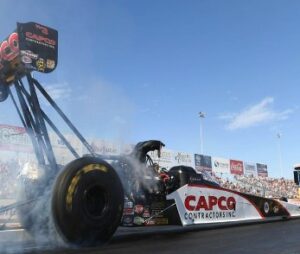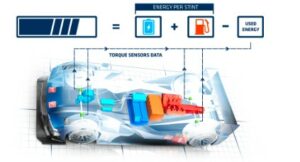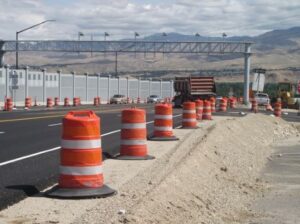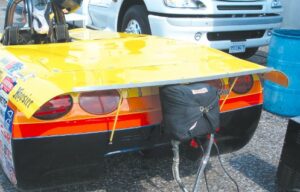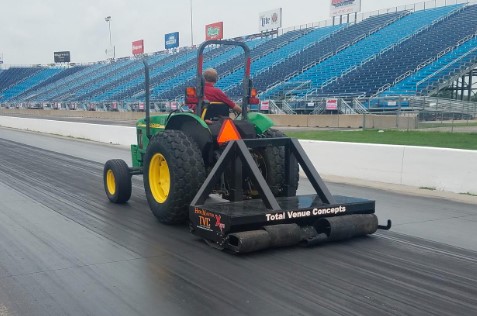
Racing circuits are the beating heart of motorsport, where speed, skill, and adrenaline collide to create unforgettable spectacles for fans around the world. Behind the scenes, a dedicated team of professionals works tirelessly to maintain these high-speed playgrounds, ensuring they meet rigorous safety standards, deliver optimal performance, and provide an unparalleled experience for drivers and spectators alike. In this comprehensive guide, we’ll explore the intricate maintenance racing circuits, shedding light on the essential tasks, technologies, and challenges involved in keeping these iconic venues in top condition.
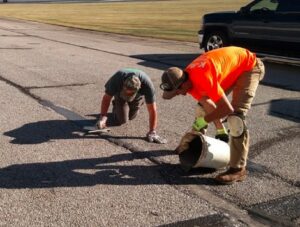
Understanding the Importance of Circuit Maintenance
Maintaining racing circuits is a critical aspect of ensuring the safety, performance, and longevity of these dynamic venues. From routine inspections and repairs to track resurfacing and facility upgrades, proper maintenance is essential for preserving the integrity of racing circuits and providing a safe and enjoyable environment for all stakeholders.
Safety First
Safety is paramount in motorsport, and racing circuits must adhere to strict safety standards to protect drivers, spectators, and track personnel. Regular maintenance helps identify and address potential hazards such as track surface irregularities, barrier damage, and infrastructure deterioration, reducing the risk of accidents and injuries during events.
Performance Optimization
Optimizing performance is another key goal of circuit maintenance, ensuring that tracks provide the ideal conditions for high-speed racing and competitive driving. This includes maintaining optimal track grip, minimizing surface imperfections, and maximizing visibility and track signage to enhance driver awareness and confidence.
Spectator Experience
Beyond safety and performance, circuit maintenance also plays a crucial role in enhancing the spectator experience. Well-maintained facilities with clean amenities, comfortable seating, and clear sightlines contribute to a positive fan experience, encouraging attendance and engagement with motorsport events.
Essential Maintenance Tasks
Maintaining a racing circuit involves a wide range of tasks and responsibilities, each essential for preserving the integrity and functionality of the track and its facilities. Here are some of the key maintenance tasks performed at racing circuits around the world:
Track Inspection and Repair
Regular track inspections are conducted to assess the condition of the racing surface, barriers, curbing, and other track features. Any signs of wear, damage, or deterioration are promptly addressed through repairs such as patching, repaving, or barrier replacement to maintain track safety and performance.
Safety Barrier Maintenance
Safety barriers are critical for absorbing impact energy and protecting drivers and vehicles in the event of an accident. Maintenance tasks include inspecting, repairing, and replacing barriers as needed to ensure they meet current safety standards and provide effective crash protection.
Facility Maintenance
In addition to the racing surface, racing circuits must maintain various facilities such as grandstands, paddock areas, hospitality suites, and restrooms. Routine maintenance tasks include cleaning, painting, landscaping, and structural repairs to keep facilities safe, functional, and aesthetically pleasing.
Infrastructure Upgrades
As technology and safety standards evolve, racing circuits must invest in infrastructure upgrades to remain competitive and compliant with industry regulations. This may include installing new safety features, upgrading timing and scoring systems, or implementing sustainable practices such as energy-efficient lighting and water conservation measures.
Innovative Technologies in Circuit Maintenance
Advancements in technology have revolutionized the field of circuit maintenance, enabling more efficient, precise, and sustainable maintenance practices. Here are some innovative technologies used in maintaining racing circuits:
Laser Scanning and 3D Modeling
Laser scanning technology allows for the precise measurement and mapping of racing circuits in three dimensions. This data can be used to create detailed 3D models of the track and its features. Thus enabling engineers to identify and address potential maintenance issues with greater accuracy and efficiency.
Automated Maintenance Equipment
Automated maintenance equipment such as robotic mowers, sweepers, and line painters streamline routine maintenance tasks. Effectively reducing the need for manual labor and minimizing disruptions to track operations. These machines can cover large areas quickly and efficiently, ensuring tracks remain in top condition year-round.
Sustainable Practices
Many racing circuits are embracing sustainable maintenance practices to reduce their environmental footprint and operating costs. This may include using recycled materials in track construction, implementing water recycling systems, and incorporating energy-efficient technologies such as solar panels and LED lighting.
Challenges in Circuit Maintenance
While advancements in technology have improved the efficiency and effectiveness of circuit maintenance, several challenges persist in the field. These include:
Budget Constraints
Maintaining racing circuits is a costly endeavor, and many circuits operate on tight budgets with limited resources for maintenance and upgrades. Balancing the need for safety and performance improvements with financial constraints can be challenging for track operators.
Weather and Environmental Factors
Weather and environmental factors such as extreme temperatures, heavy rainfall, and natural disasters can take a toll on racing circuits, causing erosion, surface degradation, and infrastructure damage. Mitigating these risks requires proactive planning and investment in resilient infrastructure and maintenance practices.
Regulatory Compliance
Racing circuits must comply with a myriad of regulations and standards governing safety, environmental impact, and operational practices. Keeping up with evolving regulations and ensuring compliance can be a complex and time-consuming process for track operators.
The Role of Community Engagement
Community engagement is essential for the success of racing circuits. This is as local residents and stakeholders play a vital role in supporting and preserving these iconic venues. Building positive relationships with the surrounding community through outreach efforts, public events, and environmental stewardship initiatives. This can help foster goodwill and ensure the long-term viability of racing circuits.
Thunderbird Speedway: A Case Study in Circuit Maintenance
As one of the premier racing venues in the region, Thunderbird Speedway exemplifies dedication and expertise. This is required to maintain a world-class racing circuit. From regular track inspections and safety upgrades to facility enhancements and community outreach programs. Thunderbird Speedway is committed to providing a safe, thrilling, and memorable experience for drivers, fans, and stakeholders alike.
Conclusion
Maintaining racing circuits is a multifaceted endeavor that requires careful planning, diligent oversight, and a commitment to excellence. By prioritizing safety, optimizing performance, and embracing innovative technologies and sustainable practices. Racing circuits can continue to deliver unforgettable experiences for generations of motorsport enthusiasts. As we look to the future, the ongoing maintenance and stewardship of these iconic venues will remain essential. Essential for preserving the thrill and excitement of motorsport for years to come.

